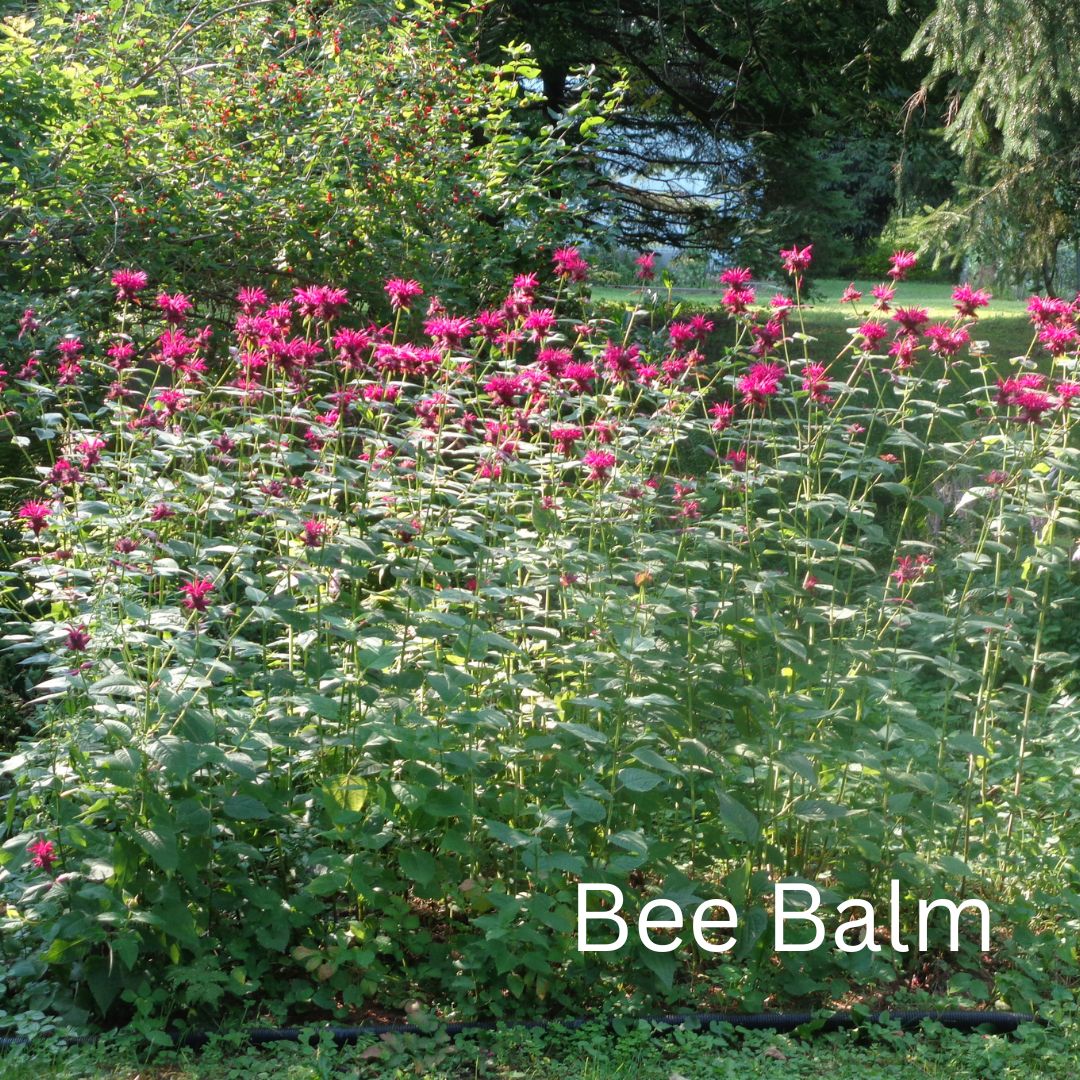Bee Balm Perennial, also known as Monarda, is a real gem in any garden, bursting with charm and beauty. With vibrant blooms and a knack for attracting pollinators, it’s both beautiful and beneficial.
Historically, Bee Balm holds a special place. Indigenous peoples used it for its medicinal properties to treat various ailments, from colds to insomnia and even digestive issues. As settlers arrived, they adopted Bee Balm too, relying on it for teas, poultices, and flavoring.
Distinctive and appealing, Bee Balm’s spiky flowers come in red, pink, purple, and white. They bloom in late spring to summer, providing a striking visual in any garden. Its fragrant leaves are not just for show—they add a unique flavor to teas and dishes, making Bee Balm a true multi-sensory experience.
A Guide to Bee Balm Varieties and Uses
Bee Balm isn’t just one plant but a whole family of varieties, each with its own flair. Some of the popular ones include Monarda Didyma, with its fiery red blooms, Monarda Fistulosa, known for its lavender hues, and Monarda Punctata, which stands out with pink and yellow blossoms. These varieties make it easy to find a Bee Balm that suits your garden’s color palette.
Beyond their beauty, Bee Balm plants are a powerhouse of usefulness. Medicinally, they’ve been used to treat a host of issues like sore throats, headaches, and digestive problems. Culinarily, the leaves and flowers can be infused into teas, sprinkled into salads, or used as a garnish for a touch of color and flavor.
If you’re aiming to create a wildlife-friendly garden, Bee Balm is your go-to. Its nectar-rich blooms are a magnet for pollinators like bees, butterflies, and hummingbirds. Planting Bee Balm contributes to a thriving ecosystem, supporting the essential species that help your garden flourish.

Caring for Your Bee Balm Perennials
Getting Bee Balm to thrive in your garden isn’t a Herculean task. They’re hardy plants, but knowing the basics of their care will keep your Bee Balm looking lush and gorgeous.
Start with the soil. Bee Balm loves rich, well-drained soil. Adding some compost or organic matter can give your plants a good start and help them flourish. Although they’re pretty tolerant, overly sandy or clay-heavy soils might not be ideal.
Lighting is key. Bee Balm prefers full sun to partial shade. In hotter climates, a bit of afternoon shade can prevent the leaves from scorching. If you notice your Bee Balm looking a bit leggy or not flowering as well, they might need more light.
Watering Bee Balm is another straightforward task. They like their soil to stay moist but not waterlogged. A good rule of thumb is to water deeply whenever the top inch or so of soil feels dry. Mulching around the plants can help retain moisture and keep the roots cool.
Even the hardiest plants face challenges. Powdery mildew is a common issue with Bee Balm, especially in humid conditions. Choosing mildew-resistant varieties can help, but good air circulation and proper spacing are your best defense. If needed, fungicidal sprays can control severe cases.
With the right care, Bee Balm can be a beautiful, low-maintenance addition to your garden, offering vibrant colors and a home for pollinators. The flowers can be cut back or dead headed later in the summer, which will allow for extra blooms to form. An excellent plant for around your home and gardens for you and the bird and bees to enjoy.
